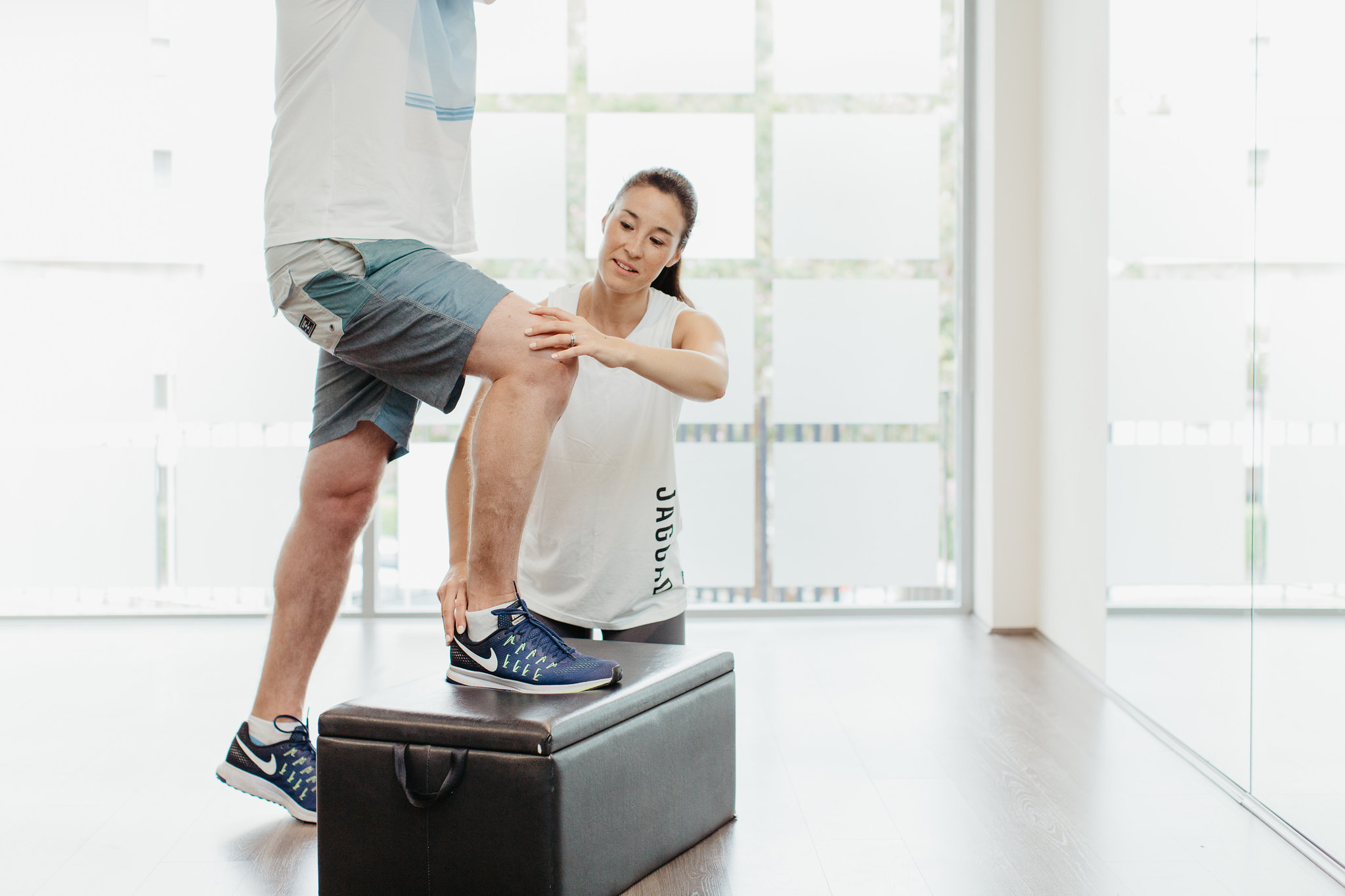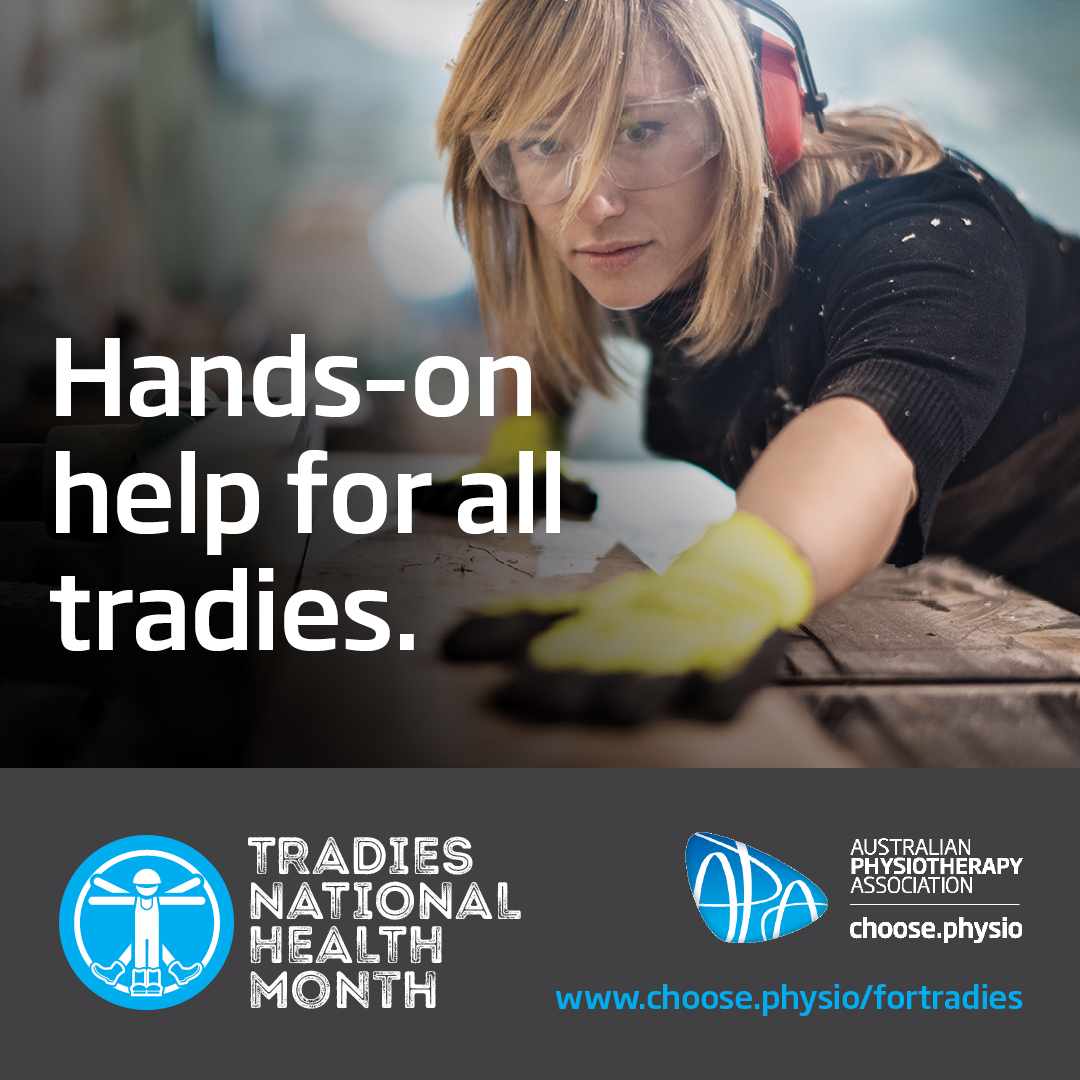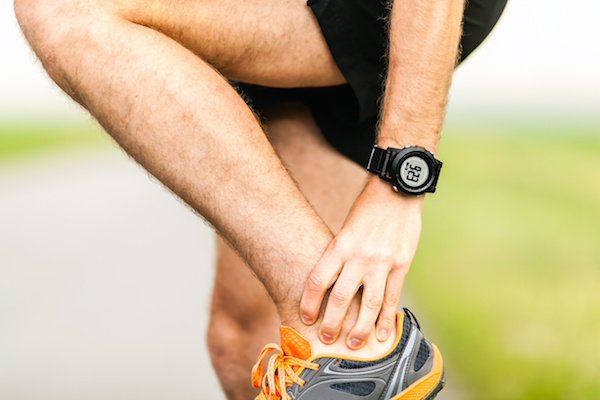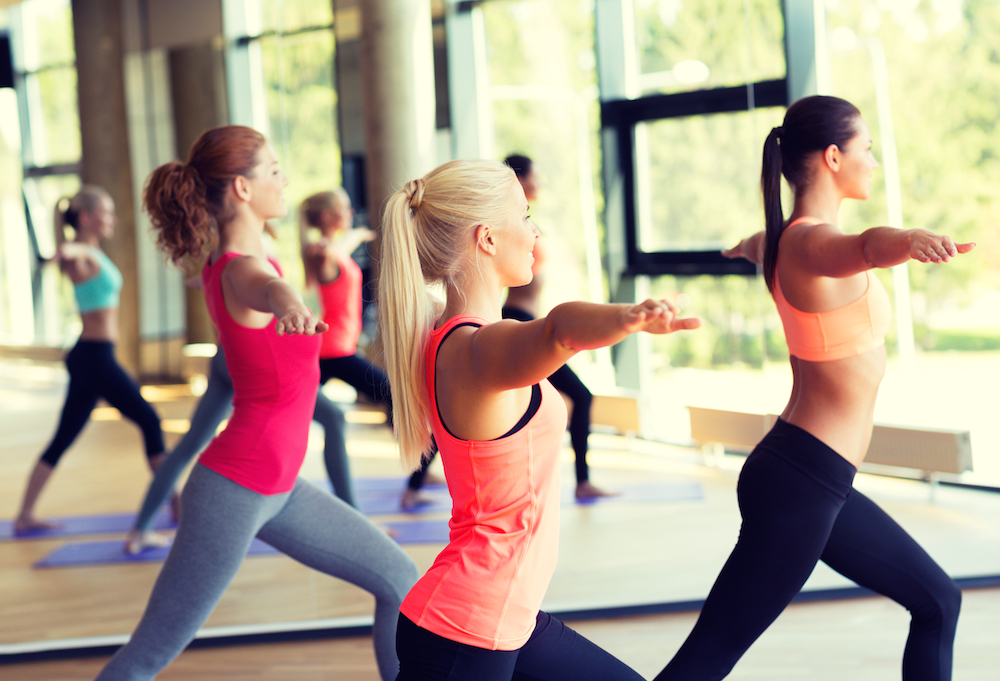ACL injury prevention and physio
A big focus in our clinic is injury prevention, in particular ACL injury prevention. With the run of ACL injuries we’re treating we’re highlighting the importance of ACL injury prevention.
Many of our clients are active sports people and we’re keen to see our clients succeed in their sport and most importantly injury free. There’s been an abundance of research into the success of injury prevention programs and fortunately many physios, coaches and athletes are adopting these programs. In particular there’s been a lot of research around ACL injury prevention and the significant reduction of injury in athletes who regularly complete a prevention program.
When it comes to ACL injury prevention it is important to include strength, agility, proprioception (balance) and plyometrics. In addition these programs need to be completed regularly, for at least 10 minutes prior to playing sport and continue for 6 weeks or the duration of the sports calendar (whichever is longer).
There are many sport specific programs that have been developed with the knee and ACL in particular in mind.
Netball: https://knee.netball.com.au/
Soccer FIFA 11+ and Santa Monica PEP
AFL – FootyFirst
With this in mind if you’re joining a team this season, have a previous ACL tear that needs rehab or a weekend warrior come see one of our fantastic physios to get your program started. To book an appointment click here.







